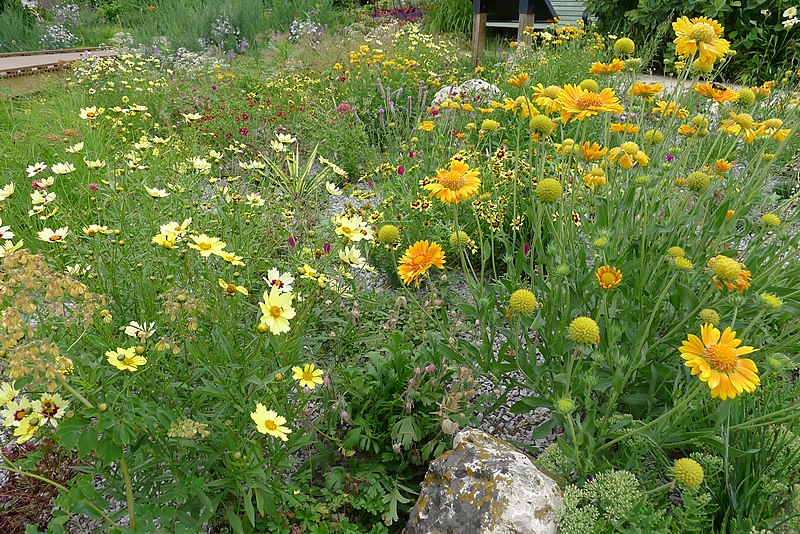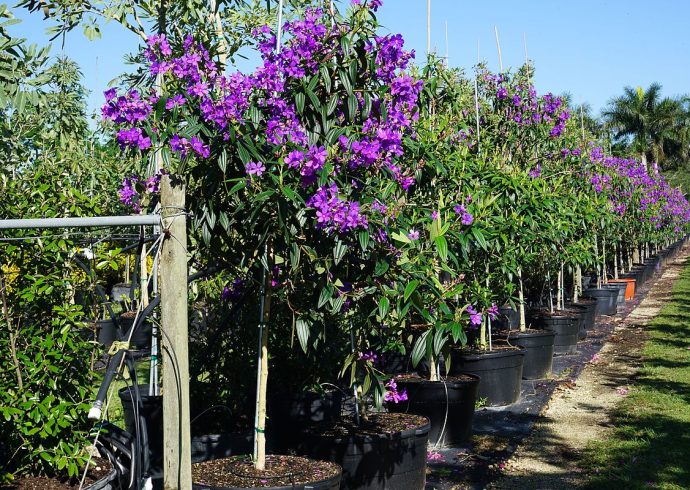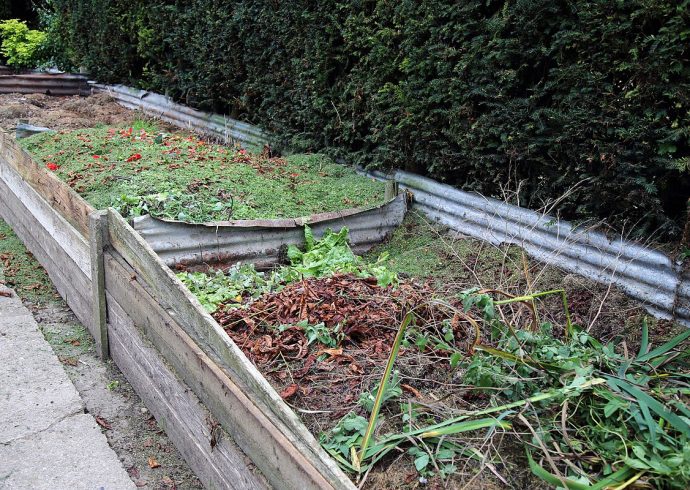
Create a Xeriscape with Wildflowers
A xeriscape is a garden that uses natural irrigation with next-to-no additional watering. This type of garden is common in dry, desert regions across the United States where there is little water from natural resources. A xeriscape is also a great way to conserve water from city sources, such as your faucet. Clean water as a resource is already limited on earth. The good news about xeriscapes is that they can easily be created with a variety of plants that tolerate drought and are available at your local nursery.
Before planning your xeriscape, look at your yard and regular garden areas. Evaluate to see if you want to create your xeriscape in just one section of the garden, or convert the entire garden to a xeriscape. Some people use just one smaller area where the flowers can thrive with minimal water. The xeriscape can be on the flat part of the ground, or on a small hill if there is one in your yard. Once you have the section marked off that you want to transform to a xeriscape, you can prepare the soil.
It is important that the soil in the xeriscape is well drained. Once a garden is watered from a rainfall, the soil will remain moist for the plants to grow well. Turn over the soil and break up thoroughly. Add compost to the soil and blend it in. Use a steel or iron metal rake to smooth out the top layer of soil. Next, establish a path through the garden. The path will be for walking on and to allow access to areas that will need weeding. The path can have curves in it, or even a crossing path. Cover the path with gravel. Smooth out any gravel lumps with your garden rake.
Next, set down your potted plants (or seeds) in different areas of your xeriscape. Recommended wildflowers to use are: purple coneflower, spreading fleabane, hosta, blue flax, phlox, owl clover, red flax, blanketflower, shasta daisy, sunflower, trillium, bleeding hearts, purple prairie clover, and Queen Anne’s lace. Your seed packages can be planted in their own little areas in between the regular plants. Allow at least two feet between each plant before planting it in the ground. The seeds, of course, will require a little more watering at first during their germination. Add some trees like dogwood, honeysuckle, bayberry, and black locust to your xeriscape. Once everything is planted, a layer of mulch should be spread out on the ground to help keep the soil moist underneath. Mark off the seeded areas with some wide sticks laying on the ground so you do not cover those with mulch. Cedar mulch or chips is recommended because it prevents erosion of the soil, keeps many weeds from coming through, and keeps the soil moist. Best of all, the smell of cedar is pleasing to people, but terrible to garden pests and wood pests including roaches and termites.
When it comes to watering, a soaker hose is the best way to go. One of these hoses will cut down on your water use up to 90%. A xeriscape will also look great with statuary, but put a hold on a water fountain in this garden. Mother Earth will thank you for your preservation of water use, so she sends a fairy or two to watch over your xeriscape. Add your favorite garden furniture to your xeriscape. Set your garden furniture in a shady area near your trees. Enjoy your xeriscape of wildflowers!
Image Credit: James Steakley, CC BY-SA 4.0, via Wikimedia Commons.


